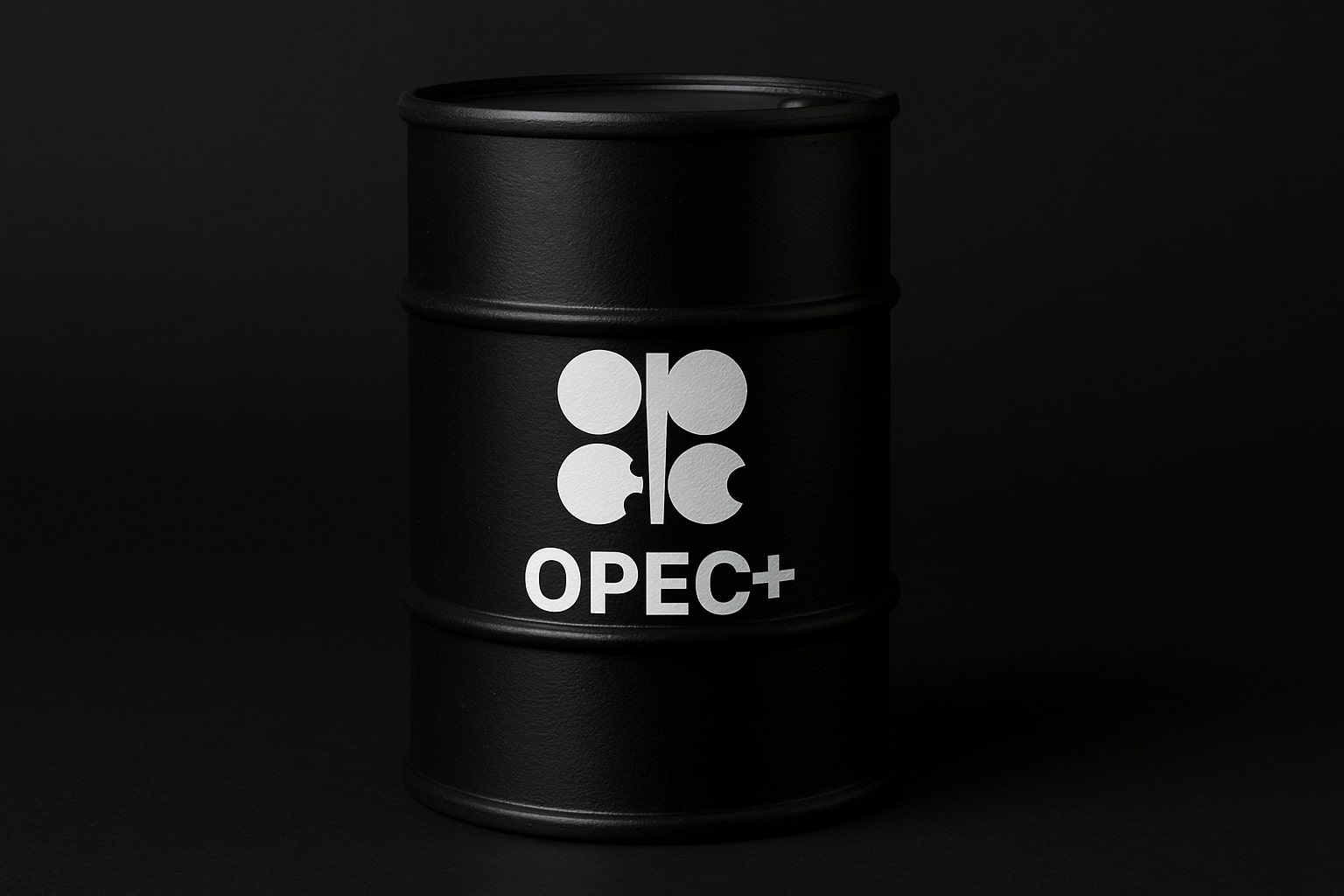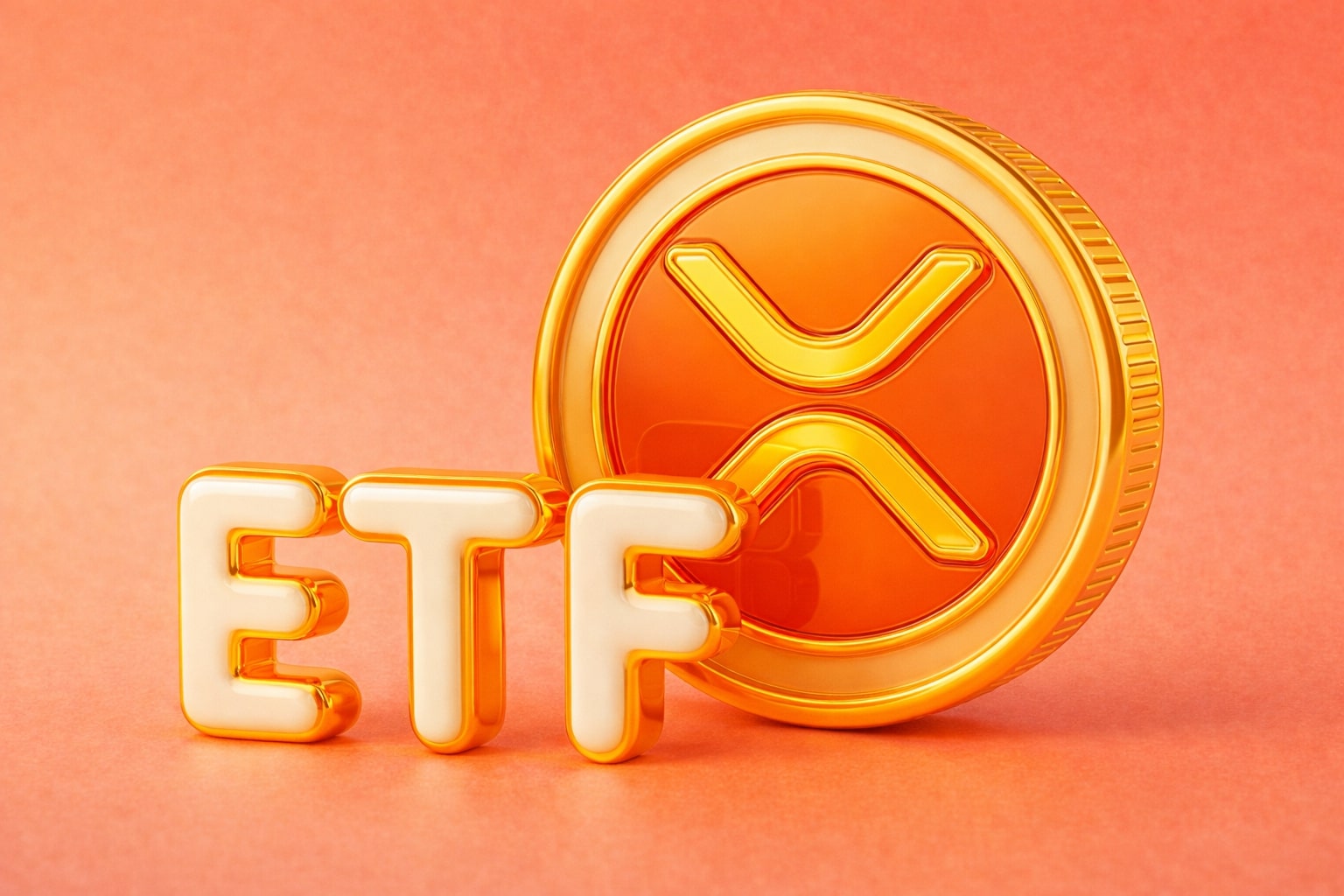
Oil Price (WTI CL=F, Brent BZ=F) Slides to $62–$66 as OPEC+ Supply and Saudi Cuts Collide
Crude benchmarks face pressure as OPEC+ adds 137k bpd, Iraq offsets with cuts, and Saudi Arabia slashes Asian crude prices to defend market share | That's TradingNEWS
WTI (CL=F) and Brent (BZ=F) Slide Toward $62–$66 as OPEC+ Output Shift Meets Saudi Discounts
Crude benchmarks continue to lose ground with WTI (CL=F) at $62.29, down 2.17%, and Brent (BZ=F) at $66.30, off 1.76%, as the market digests OPEC+’s latest quota adjustments, Saudi Arabia’s aggressive pricing strategy in Asia, and a patchwork of geopolitical risks that stretch from Europe to the Middle East. The move comes just days after Brent briefly rebounded to $67.60 following a smaller-than-expected OPEC+ production hike, highlighting how fragile sentiment remains around supply and demand balances.
OPEC+ Supply Increases Masked by Compensation Cuts
OPEC+ announced a modest 137,000 bpd October output increase, the seventh consecutive monthly rise, but analysts argue the headline figure is more symbolic than real. Iraq has pledged compensation cuts of 130,000 bpd through early 2026, and Kazakhstan plans steep reductions front-loaded in 2026, effectively cancelling out new supply. The bloc’s August production rose by 500,000 bpd to 42.4 million, but actual flows to the market remain restrained. Traders see this as a bullish undercurrent, with OPEC+ retaining flexibility to pause or reverse hikes if prices slip below the $60–$62 floor.
Saudi Arabia Slashes Asia Prices to Defend Market Share
Saudi Aramco has executed its steepest pricing cut of 2025, reducing Arab Light crude to a $2.20 premium over Oman/Dubai, down by $1 per barrel from September levels. Other grades were cut by $0.90–$1.00. The move follows a bullish summer where September cargoes priced at $3.20 above benchmark reflected strong demand expectations. Now, the reversal signals Riyadh’s pivot to reclaim market share against discounted Russian barrels and aggressive supply from U.S. shale and Brazil. Shipments to China are projected at 1.65 million bpd in October, matching two-year highs seen in August, reinforcing Asia as the battlefield for pricing power.
Geopolitical Risks Add to Market Volatility
Tensions remain elevated as Ukraine strikes Russian pipelines and NATO members respond to drone incursions. EU ministers fixed a 2028 deadline to fully exit Russian energy, rejecting Trump’s calls for faster disengagement. Meanwhile, Iraq is pursuing a new pipeline to Oman, seeking to diversify away from reliance on Basra exports. With multiple flashpoints across Europe and the Middle East, the geopolitical premium persists despite sluggish demand signals.
Technical Outlook for WTI and Brent
Technically, WTI (CL=F) is testing the $62 support zone, forming a potential double bottom. A failure here exposes $60, while resistance is capped near the falling 50-day EMA at $64.48 and secondary resistance at $66. Brent faces similar technical constraints, trading below its 50-day EMA and leaning toward $65 support, with upside limited to $70 where the 200-day EMA converges. Price action suggests prolonged consolidation rather than a breakout, with sellers controlling momentum as RSI levels trend bearish but not oversold.
Read More
-
UCO ETF Price Forecast: Can NYSEARCA:UCO at $18.57 Ride a 2026 Oil Squeeze?
18.12.2025 · TradingNEWS ArchiveStocks
-
XRPI at $10.50 and XRPR at $14.93 Hit XRP ETF Lows While XRP-USD Holds $1.84 After 30 Days of Inflows
18.12.2025 · TradingNEWS ArchiveCrypto
-
Natural Gas Price Forecast: Henry Hub Holds Around $4 as EIA Draw Hits 167 Bcf
18.12.2025 · TradingNEWS ArchiveCommodities
-
USD/JPY Price Forecast: Pair Holds Above 155 As BoJ And US CPI Set Up A Major Break
18.12.2025 · TradingNEWS ArchiveForex
Demand Growth Steady but Uneven
OPEC’s September Monthly Oil Market Report maintained its forecast of 1.3 million bpd demand growth for 2025, rising to 1.4 million bpd in 2026, led by Asia, the Middle East, and Latin America. OECD demand adds just 100,000 bpd, reflecting structural stagnation. U.S. supply growth has slowed, while non-OPEC contributors like Brazil, Canada, and Argentina are set to add 0.8 million bpd next year. This uneven balance keeps the market oscillating between fears of oversupply and supply tightness.
Investor Positioning and Sentiment
Funds remain cautious, with long positions trimmed as Brent hovers in the mid-$60s. Backwardation in the forward curve is expected to persist through late 2026 before flipping to contango, suggesting traders anticipate moderate tightness near term but no runaway rally. Saudi Arabia’s borrowing spree, driven by weaker prices, underscores fiscal pressure at these levels, while Aramco executives continue to talk up a 2 million bpd demand increase in H2 2025.
Verdict: Hold Bias as Oil Balances Between Supply Cuts and Price Wars
Given WTI’s $62 test zone and Brent’s $66–$65 pivot, the market is not priced for a deep collapse but also lacks conviction for a sustained rally. OPEC+’s symbolic hikes offset by compensation cuts, coupled with Saudi price wars in Asia, point to a market trapped in consolidation. Geopolitical risks keep downside contained, but without stronger demand growth, upside above $70 Brent appears capped. On balance, the trade leans toward a Hold stance, with traders advised to respect the $60 floor in WTI and $65 in Brent while awaiting a breakout signal tied to U.S. inventories, OPEC+ compliance, or a shock from geopolitical escalation.



















